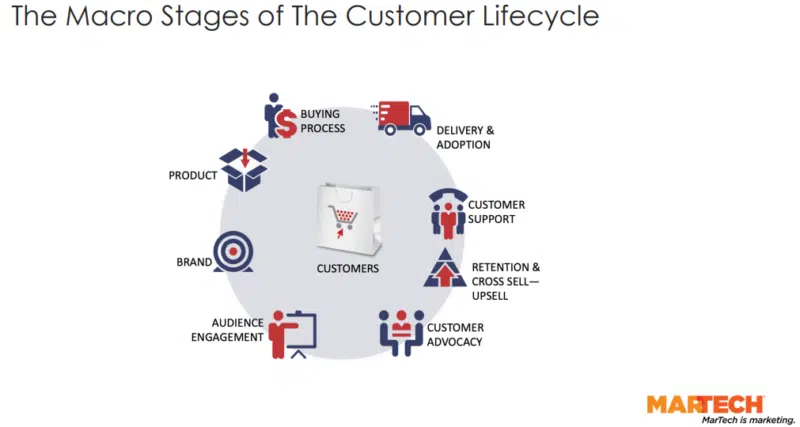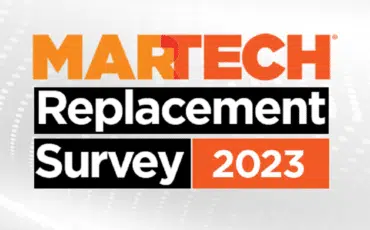How to build a customer journey orchestration strategy
Organizations will often get a new technology before they know what they are going to do with it. Strategy must drive tech decisions.
Customer journey orchestration (CJO) uses different tools to provide seamless experiences for customers and increase revenue. Because customer journey orchestration casts a broad net across the entire customer lifecycle it’s essential to have a strategy for your technology.
“When we talk about customer orchestration, we’re talking about much more than just a buyer’s journey,” said Carlos Hidalgo, CEO of martech consultancy Digital Exhaust, at The MarTech Conference.
Here are some guidelines for building a CJO strategy.
Technology is not a strategy
Too often, organizations put the cart before the horse and get technology without knowing what they are going to do with it.
“Technology can only enable the strategy that you’ve already designed,” said Hidalgo. “So if you’ve bought technology in the hopes of orchestrating the customer journey and you’re struggling with that technology, the chances are that it’s not the technology’s fault. The chances are that you don’t have a defined strategy.”
Consider the full spectrum of customer interactions
“Orchestration is also not funnel or conversion metrics,” Hidalgo said. “And it’s not an initial purchase path.”
A customer journey includes all the paths to purchase. The problem is that those paths don’t go in a straight line or easily discernible funnel, even though that is a common way in which marketers refer to it.
“Think more broadly in terms of that full customer spectrum,” he said, explaining that 90% of customer lifetime value exists after an initial purchase.
“A lot of that customer journey happens after the initial purchase, but there’s also a whole bunch that we need to be concerned about before the initial purchase, because that’s where we can really start to engage in meaningful interactions,” Hidalgo said.
Mapping the customer journey
Customer journey orchestration is a strategy enabled by technology, said Hidalgo. It has to extend across the organization and can’t just be delegated to a single team like customer service.
Here are the general areas or “macro stages” a customer journey orchestration strategy should include.

To stay on top of these stages, you need real collaboration in the organization because different teams have to be included in the strategy.
“We know throughout all of these things, there’s ebbs and flows, there’s different people involved, there’s outside influences…that are impacting your customers and that are going to change how they interact with your products, that may change their buying process, that may change what they’re going to do from a renewal or a retention perspective,” said Hidalgo.
Get to know your customer
The stages of the customer journey correspond with roles in the organization. Follow up with these key people and discover what they know about customers at the specific stages.
Customer feedback, surveys, interviews and customer data are also sources to help find out about customers directly.
“There’s a lot of different ways to get to know our customers,” said Hidalgo. This especially applies to B2B customers, where longer conversations about their customer journey are appropriate.
“Speak directly to [customers], ask them what their end-to-end journey looks like,” he said. “From the time you engage with our brand, now you own our product or service and you’ve renewed with us — what does that look like? Who was involved?”
Dig deeper: Questions to ask vendors before buying a customer journey orchestration solution
Connecting customer journey orchestration to experience
“Without orchestration, you can’t deliver customer experience,” Hidalgo stated.
Once you know about the stages of your customers’ journeys and their needs at each stage, you can build digital experiences that meet those needs. This includes the website, mobile app, social media, service chats, paid media and other digital and offline touchpoints.
“When I’m talking about orchestrating, I’m not talking about you as an organization demanding a customer do these things so that you can sell your product or service,” said Hidalgo. “What I am saying is, understand that journey so you can orchestrate that engagement.”
A customer will always control their journey, he said. The reason marketers need to have a customer journey orchestration strategy is to be able to provide a better experience during that journey.
Related stories
New on MarTech
